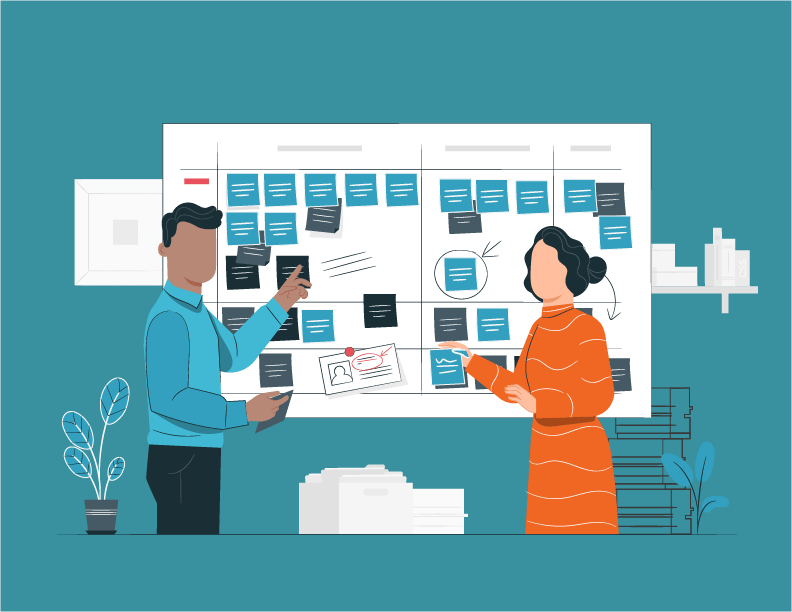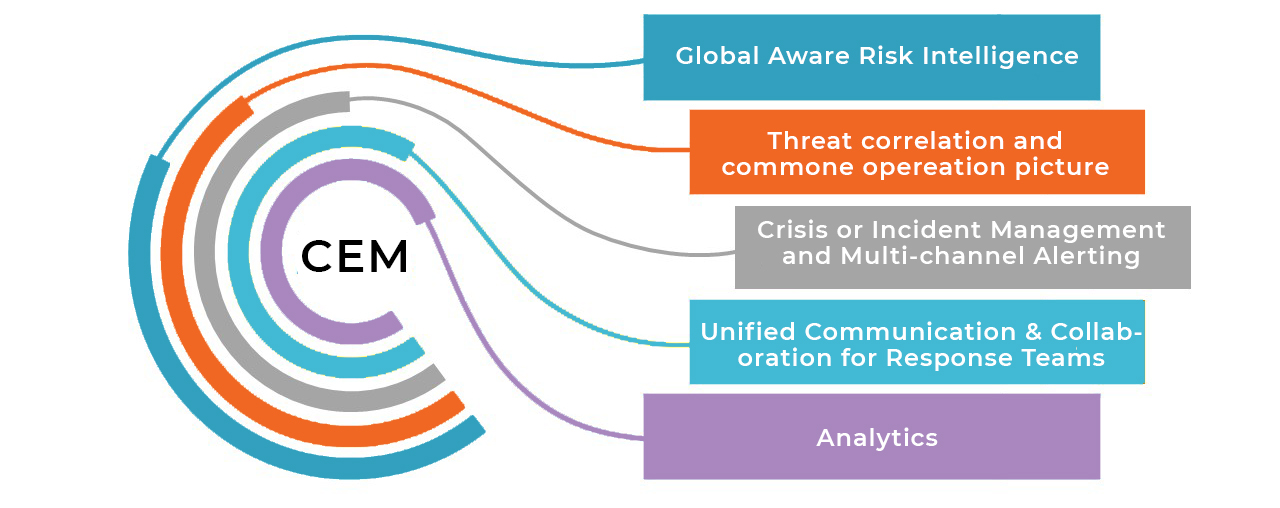
101 of Critical Event Management and Why Your Organization Needs It
Critical event management for business resilience
What Is Critical Event Management (CEM)
Critical Event Management is a software platform, which ensures organizations rapidly respond to business disruptions or even avoid - sudden and unexpected disruptions. An end-to-end CEM solution provides real-time information about global risk events and threats, alerts you when any of the organization's assets (People, facilities, supply chain, IT) are exposed to threats. It further enables organizations in automating the response to reduce the mean time between failure, optimize crisis communications, and provide a common operating picture to all key stakeholders- Executives, CIO, CEOs, Managers, HRs, Business Continuity, Crisis Management and Security teams. CEM software improves business resilience for organizations to accomplish the mission.
What are the essential components of CEM software?
5 important Critical Event Management Components are

Who should use Critical Event Management?
A CEM platform is ideal for any organization, big or small, that is looking to converge operation management activities like security planning and management, business continuity and disaster recovery, IT operations and service delivery management, Crisis communications across the entire organization to create an integrated, cross-functional, all-hazards response. Examples include small and medium-sized businesses, large enterprise organizations, healthcare facilities, schools, hospitals and government agencies.
Under what circumstances a business can use CEM software?
A critical event management software is a key component of business continuity planning and execution, crisis management and communications. It brings together the best of your critical communications and crisis management resources to ensure your organization is prepared for any of the risk events given below:
- Natural disasters and weather-related incidents, such as floods, wildfires and snowstorms
- IT incidents such as infrastructure issues, database down or application slow response.
- Denial of access incidents, such as fires or chemical spills or Riots
- Power outages or Facility disruptions
- Cyber attacks and data breaches
- Critical equipment or infrastructure failure
- Pandemics such as COVID-19 and the influenza virus
- Active shooter incidents
- Supply chain disruptions
- And much more
How CEM improves Organizational Resilience

Let’s define what Organizational Resilience means before we understand how CEM improves it. Organization Resiliency: The ability of a firm to deliver on its brand promise, no matter what the disruption is and how bad it is.
Modern-day customers expect your business to be available round the clock. To meet customer demands, today's business must strive for resiliency.
CEM platform brings together
- Risk intelligence that proactively assesses potential threats before they become critical events.
- Common operating pictures of Assets (People, facilities, supply chain, IT services, etc), risk events, and crisis management tasks.
- Automated workflows to implement business continuity standard operating procedures
- Communication tools such as Chat, Video Conferences for Teams, and one-to-one voice calls or SMS to enable rapid collaboration for response teams.
- Analytics that provides Mean Time to identify a Critical Event, Mean Time to Respond by Teams, and Mean Time to Resolve it.
An effective Critical Event Management software is an integrated, end-to-end process that enables organizations to significantly speed up responses to critical events and improve outcomes by mitigating or eliminating the impact of a threat, thereby improving the operations business resilience.
Are youprepared to handle critical events? Signup for free
If you intersted to follow our blogs : Subscribe
